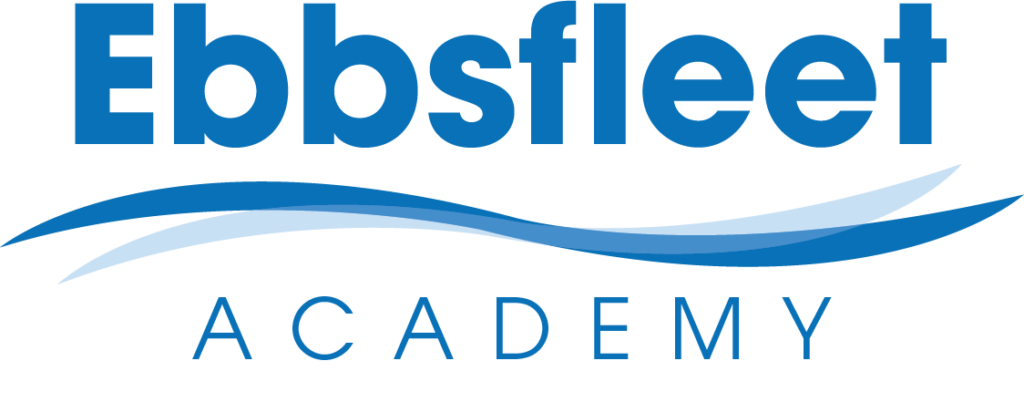curriculum intent
Our Science Curriculum is underpinned by the understanding that all pupils, no matter their starting points, can master the powerful knowledge necessary to think hard, answer with precision, make informed decisions and actively engage in Science. The science curriculum is built on a 3D model of knowledge; where substantive, disciplinary and conceptual knowledge provide the foundations for creating complex schemas of understanding and synergistic thinking. Through this design, we actively avoid creating a curriculum that is an ‘inch deep and mile wide’.
The science curriculum is designed to enable pupils to excel, not only in public examinations, but in their interaction with the world, providing them with the tools to critique knowledge and challenge the status quo. By following the IB Middle Years Programme (MYP) framework, we develop inquiring, knowledgeable and caring young people who are motivated to succeed; we strive to develop pupils who will build a better world through intercultural understanding and respect.
The science curriculum carefully sequences substantive and disciplinary knowledge to develop an extensive and connected knowledge base so that pupils not only know the science but also know the evidence for it. Disciplinary knowledge is taught through the most appropriate substantive contexts, revealing the intricacies of how knowledge gets established and revised over time. They can then use this knowledge to solve complex and interesting scientific problems. This also means that the curriculum is taught in cohesion with other disciplines particularly Mathematics.
The science curriculum is committed to making learning ambitious yet accessible to all. Its design reflects an understanding of why some pupils find science hard; its abstract and counterintuitive nature and broad and dense vocabulary, for example. It is underpinned by research and evidence that supports the systematic and explicit teaching of vocabulary as the most effective way of ensuring all students achieve and are successful.
The Science curriculum has a clear purpose of practical work in relation to specific curriculum content. The practical work forms part of a broader teaching strategy and we provide sufficient time for interpretation and explanation e.g. writing lab reports. The Science curriculum will draw attention to a wealth of opportunities that help them in making informed decisions about their next stage of learning and future careers.
The science curriculum is coherently sequenced by carefully ordering topics to reflect the hierarchical structure of the scientific disciplines. For example, we begin by teaching a few of the most fundamental topics of science such as matter and cells. As the students move through the science curriculum these concepts are regularly visited and built on to develop broader and more complex schemas. We have identified the most important concepts and procedures and built them over time through careful interleaving and spacing; this is based on evidence that repeated exposures lead to a deeper understanding. Through providing frequent opportunities for extensive practice that becomes increasingly more complex, knowledge becomes more accessible and frees up working memory. For example, students are provided with resources and materials to aid their guided and deliberate practice.
Using both evidence and data analysis, we have identified which substantive concepts students are most likely to hold misconceptions in e.g. energy and where scientific knowledge conflicts with everyday knowledge e.g. mass and weight. As such more curriculum time is afforded to these concepts. Implementing this curriculum design is the most important factor in its effectiveness therefore we draw on the evidence and best practice to ensure quality teaching through clear direct instructions. However, this is not to be conflated with lecturing and passive learning. The IB MYP provides a framework that requires students to investigate issues through research, observation and experimentation, working independently and collaboratively. As they investigate real examples of science application, students discover the tensions and dependencies between science and morality, ethics, culture, economics, politics, and the environment. Scientific inquiry fosters critical and creative thinking about research and design, as well as the identification of assumptions and alternative explanations. Through MYP sciences, students learn to appreciate and respect the ideas of others, gain good ethical-reasoning skills and further develop their sense of responsibility as members of local and global communities.
Students are given opportunities to practice retrieving knowledge and recalling information. It draws on cognitive principles for the successful embedding of knowledge in the long term memory. Knowledge organisers are used to ensure that the knowledge pupils are asked to retrieve is appropriate and effective by prioritising the most important content. Summative assessment is used to identify if curriculum goals have been achieved. Feedback is important and is always focussed on science content.
topic overview
Module 1
HSW
Module 2
Matter
Module 3
Chemical basis of life
Module 4
Human body
Reproduction
Module 5
Chemical reactions
Module 6
Forces
Module 1
Reactions
Module 2
Adaptations
Module 3
Energy
Module 4
Separating technique
Module 5
Electricity
Module 6
Light and sound
Module 1
Cells and organelles
Module 2
Atoms and periodic table
Module 3
Energy
Module 4
Health and lifestyle
Module 5
Motion and force
Module 6
–
Module 1
B2: Organization
C2: Bonding, structure and properties of matter
Module 2
P2: Electricity
B3: Infection and response
Module 3
C3: Quantitative chemistry
P3: Particle model
Module 4
B4: Bioenergetics
C4: Chemical change
Module 5
P4: Atomic structure
C5: Energy change
Module 6
B5: Homeostasis and response
Module 1
B2: Organization
C2: Bonding, structure and properties of matter
P2: Electricity
Module 2
P2: Electricity
B3: Infection and response
Module 3
C3: Quantitative chemistry
P3: Particle model
Module 4
B4: Bioenergetics
C4: Chemical change
Module 5
P4: Atomic structure
C5: Energy change
Module 6
B5: Homeostasis and response
Combined Science
Module 1
B7: Ecosystems and materials
C6: ROR
P6: Waves
C7: Organic chemistry
Module 2
P7: Electromagnets
C8: Organic chemistry
Module 3
C9 – C10
Module 4
Revision
Module 5
Revision
Module 6
–


